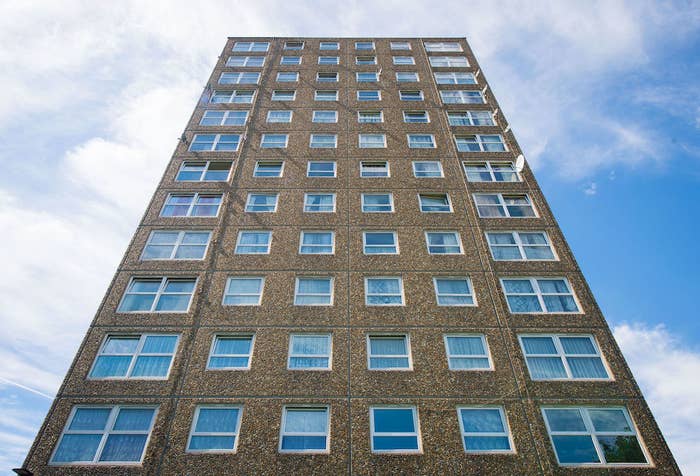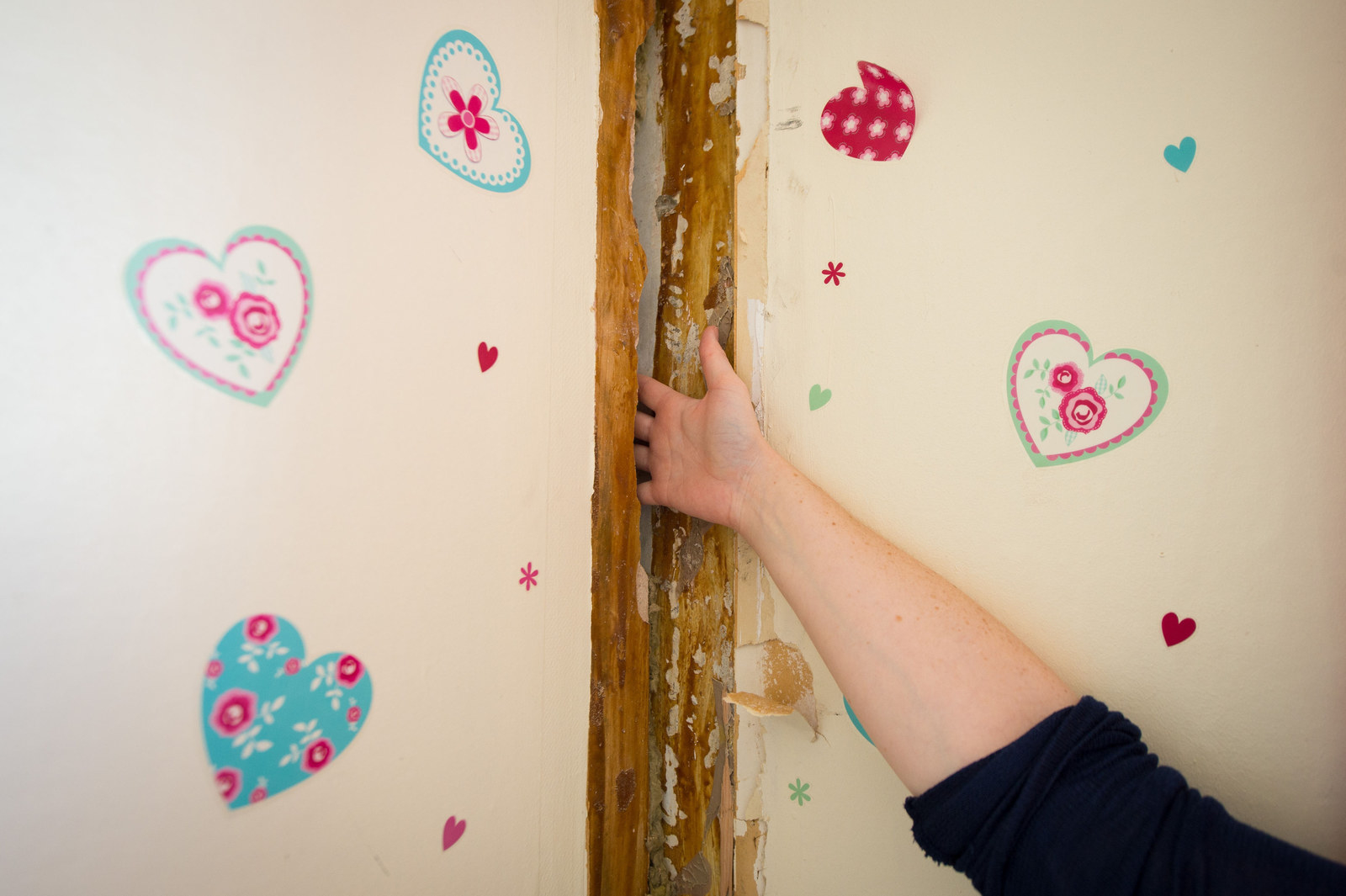
Pressure is building on the government to commit to funding widespread fire safety improvements to high-rise towers across the country after hundreds of residents of a south London estate were told they would have to leave over safety fears.
Residents at the Ledbury estate were told they may spend months in temporary accommodation after four 13-storey towers were found to be at risk of collapsing in the event of a gas explosion. It would be the second estate to be evacuated since Grenfell, after the Chalcots estate was emptied of people in June.
The Local Government Association, a cross-party group that represents local authorities across the UK, on Friday repeated its claim that councils alone could not afford repairments and improvements that are needed in the wake of the Grenfell Tower disaster.
Councils and housing associations have been told to replace aluminium composite (ACM) cladding, which is thought to have contributed to the spread of flames during the Grenfell Tower fire, on scores of residential towers.
Councilor Simon Blackburn, chair of the LGA's Safer and Stronger Communities Board, said in a statement: "We are talking to the councils affected about the costs they now face to remove and replace cladding and insulation systems on their high-rise blocks.
"With test fails affecting buildings owned by a range of different landlords across the country, it is clear that the current building regulation system has failed. It is also clear that councils cannot afford to carry out this work.
"As a result, we remain firmly of the view that the Government needs to meet the exceptional cost to councils of removing and replacing cladding and insulation on high-rise blocks."

Harriet Harman, the Labour MP for Camberwell and Peckham, whose constituency includes the estate, said: "The council are doing their best and it’s time for the government to step up to the plate. The government has cut Southwark Council’s grant by half in the last 7 years. They must give them the cash they need to deal with this.
"I and the other Southwark MPs Helen Hayes and Neil Coyle have been pressing the government to give the council the money they need. So far it’s just been evasion and obfuscation and no commitment on cash.
"The council will pay the cost for the Ledbury refurbishment and rehousing. But they must not be forced to take the money away from other important major works projects."
In response to this, a spokesman for the Department for Communities and Local Government said: "We’ve been clear with councils and housing associations that we expect them to do whatever local fire services and experts say is necessary to make residential buildings safe.
“We will ensure that where local fire services have advised works are essential to ensure the fire safety of a building, current restrictions on the use of financial resources will not prevent them going ahead."
Southwark council, which owns the blocks, wrote to the inhabitants of all 242 flats to say they would have to temporarily "decant" to alternative accommodation for "weeks and months" while work is carried out.

The fire safety expert who exposed the potential problems at Ledbury, Arnold Tarling, said it was likely that more towers may have the same defects. Tarling inspected the building after expressed concerns about visible cracks in the building.
Ledbury was built in the late 1970s using the same large-panel building method that was used at Ronan Point in east London, where a gas explosion killed four people in 1968.
Tarling told The Guardian in July: “These problems have been known about since Ronan Point. They should have been adequately addressed by fixing metal angles to keep the structure together. If there is still movement they should have used a flexible means of fire-stopping between the flats.”
The council said in an update on its website that the structural issues were first investigated only “some weeks ago” in response to concerns made after the Grenfell tragedy. Structural engineers from the construction company Arup had advised that the gas supply should be turned off immediately the residents moved.
The council admitted that while the Ledbury blocks were strengthened after the Ronan Point explosion, “the information we have regarding the history of the blocks may not be correct".
Councillor Stephanie Cryer, the deputy leader of Southwark, said in a statement that work the council thought had taken place in the 1960s to strengthen the blocks may not have taken place.
“Arup’s structural investigations suggest this strengthening may not have occurred, and we have therefore turned off the gas until further investigations can be done,” she said.
Meanwhile, the most recent test of commonly used building materials on tall towers, announced on Friday, has found that ACM with a fire-retardant insulation filling did meet current building regulations and could continue to be used. This combination is used on 13 towers in the UK, which will be allowed to keep the material intact.
Three previous government-commissioned tests of commonly used combinations of aluminium cladding and insulation, including the exact materials used at Grenfell, were found to be too combustible to meet current building regulations.
